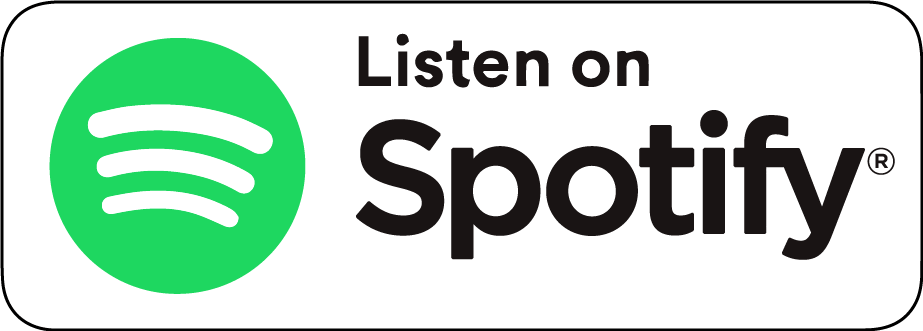I received an e-mail over the weekend which said (and this is a direct copy and paste without edit) “do you think you could connect me to the magazines you are working with? I could use some help in the industry.”
This message came from a talent that I’ve never worked with previously.
Honestly the inquiry caught me off guard. I never considered sending a message to essentially a complete stranger requesting that they provide me with their business contacts to help my own growth and development. I’m curious how this strategy is working out for this talent. Sadly I can’t imagine it is proving very successful.
So in the spirit of giving; I’ve composed what I feel is more valuable than just giving contact information. Taking into consideration my background working as a staff member and editor for both newspapers and magazines, I developed the following best practices for building quality relationships with those in the publishing industry.
1. Learn about the publication. I think this comes first and foremost. Know as much as you can about the company. What types of content do they tend to run? Do they have an editorial calendar you can review? Who are their regular contributors? Where are they based and is their location relevant to the features they run? Is their publishing schedule monthly, bi-monthly, or semi-regular? Who are the decision makers? What are their roles and responsibilities? Knowing this information will be greatly beneficial when it comes to laying the foundation for a successful relationship.
2. Demonstrate your expertise. Once you know as much as you can about the publication you can craft your message about what you are able to provide. Focus on what makes you unique and different. Being available, hardworking and determined are not unique qualifiers. Any talent can claim these exact things. What is it that sets you apart from other talents? Connect with the relevant people at the publication. For example, if you are very interested in pitching content that is nutrition related, you probably wouldn’t want to be contacting the editor who runs the workout spreads and vice versa. Illustrate what you can do for the publication. Editors are extraordinarily busy (often working on multiple issues or multiple publications at once). How can you assist them in making their jobs easier? How can you support the goals and needs of the publication?
3. Deliver, Deliver, Deliver. If you get hired to write a feature; reinforce why you were hired in your work. If you are booked as a talent for a photo spread; make sure you’re the talent who goes above and beyond to showcase why you were the right person for the job. You showed up early, you were focused, you made sure the team got exactly what they needed, etc. When an editor hires someone, they are basically saying to their superiors that you are a good choice for the publication. Make the editors look good to their bosses.
4. Stay in touch. Don’t be a one-and-done. The publication already illustrated their interest in working with you by hiring you once. Why let that interest or investment in you fade by not staying in touch and shifting all of your attention elsewhere? I called this piece something for nothing. I lied. I’m asking for one thing. That is to respect the relationships you build. This is done by staying in touch.
James Patrick
jamespatrick.com



